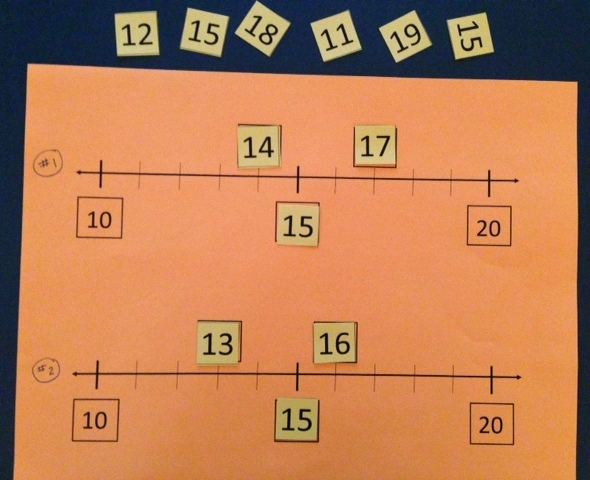by C. Elkins, OK Math and Reading Lady
Last week I reposted my blog regarding use of number lines to assist students with number sense and rounding. Check it out for free activities and rounding charts. Today I am sharing some more rounding activities I developed and used with students to practice (with either whole numbers or decimals). These activities can be varied to suit your students’ needs.
-

-
Number options
-
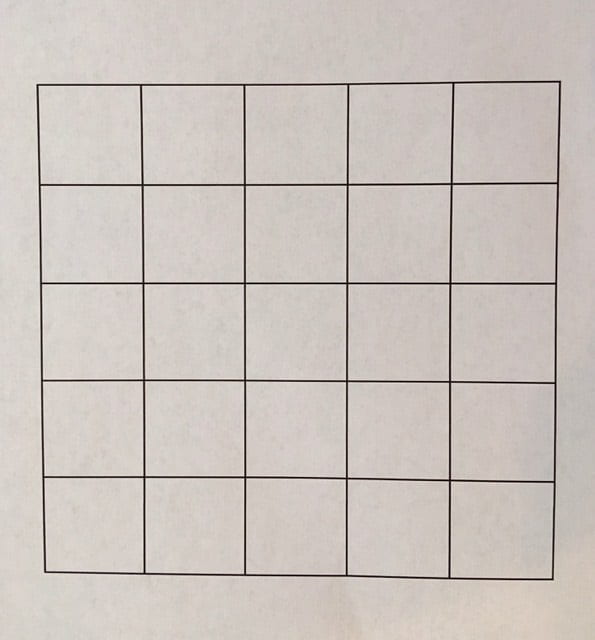
-
Sample grid
-
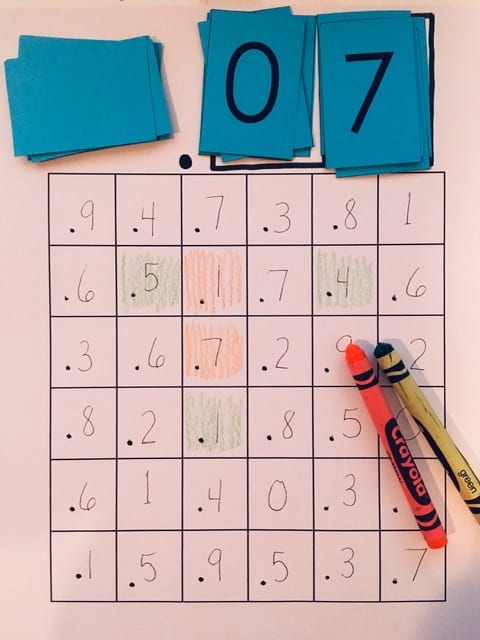
-
Player 1: .07 rounds to .1
These grid templates are to use the activities with 2-4 students (or teacher vs. student if working one-on-one online). I developed 3 different grid sizes (4 x 4, 5 x 5, and 6 x 6). You will also need something to generate numbers for each set of players:
- Grid for playing board: Get here FREE Grid 4 x 4 Grid 5 x 5 Grid 6 x 6
- 2 dice (1-6)
- 2 dice (1-9)
- digit cards (0-9) — get your free set here: 0-9 digit cards
- deck of playing cards (with tens and face cards removed)
- spinner (with digits 0-9) — 1 is ok, 2 is better
The objective of the game is for a player to capture 4, 5, or 6 squares in a row (horizontally, vertically, diagonally). You decide based on the size of the grid and the skill level of the players how many captured squares are needed.
The teacher can write in possible answers on the grid and laminate for continued use (samples below). Then students can use a game piece (flat stones, two-color counters, etc.) or different color dry erase marker to mark their square.
- Using a paper form, students can write in answer choices randomly on the grid (supplied by the teacher for accuracy). Then each player can use a different colored crayon to mark their square.
Here are some different variations of the game (whole number rounding to nearest 10, 100, 1000 and decimal rounding to the nearest tenth or hundredth).
Rounding to the nearest ten: You can use the blank grid to write in your own numbers randomly. Consider which number generated options you are using. If you use 1-6 dice, the biggest number on the board has to be 70 and remember there’s only 2 ways to achieve 70 (by rolling a 6 and 5 or a 6 and 6). If you use 1-9 dice or number cards, then you can place numbers from 10-100 on the board. This gives a few more options and a chance to round higher numbers.
- Roll 2 dice (or turn over 2 number cards, spin spinner twice)
- Generate a 2 digit number. If a 3 and 5 are rolled, the player can decide to make it 35 or 53.
- Round that number to nearest 10.
- Find that number on the grid.
- If using a laminated board, place a colored “chip” on it. If using paper, each player colors their chosen # with a crayon.
- Player #2 follows same steps.
- Each player is trying to get 4, 5, or 6 in a row (depending on which grid size you choose).
- It’s more fun if you try to block the other player and use strategies about your choice of a number to round (should I use 35 — rounded to 40? Or 53 — rounded to 50?)
-

-
Player 1: 24 rounds to 20
-

-
Player 2: 61 rounds to 60
-
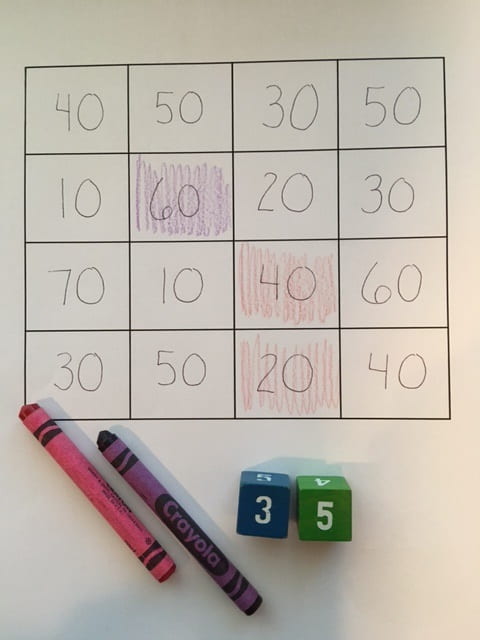
-
Player 1: 35 rounds to 40
-
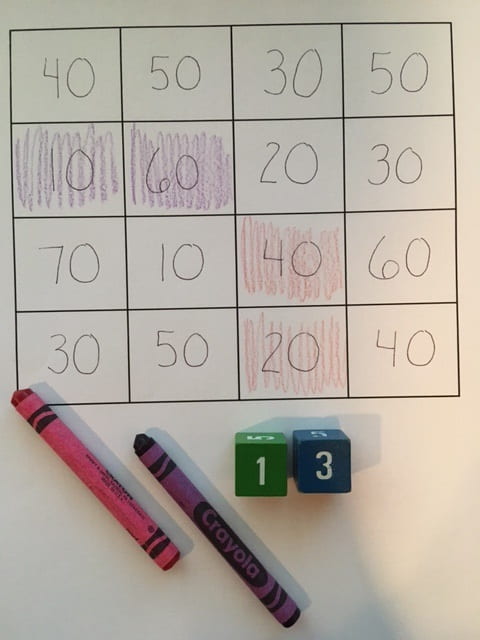
-
Player 2: 13 rounds to 10
Rounding to the nearest hundred:
- Follow same steps as above, except use 3 dice or 3 number cards.
- Place numbers such as 0, 100, 200, 300 . . . randomly on the board. In the samples pictured I numbered to 1000 since I used 0-9 dice. I didn’t show a 0 on the boards pictured below, but should have since a number less than 50 could actually be generated. If using 1-6 numbered dice, the highest would be 700.
- Example: Roll a 2, 5, 6 — player can make these numbers 256, 265, 526, 562, 625, 652. The number choice becomes part of the strategy of the game to see which spot is available on the board.
-
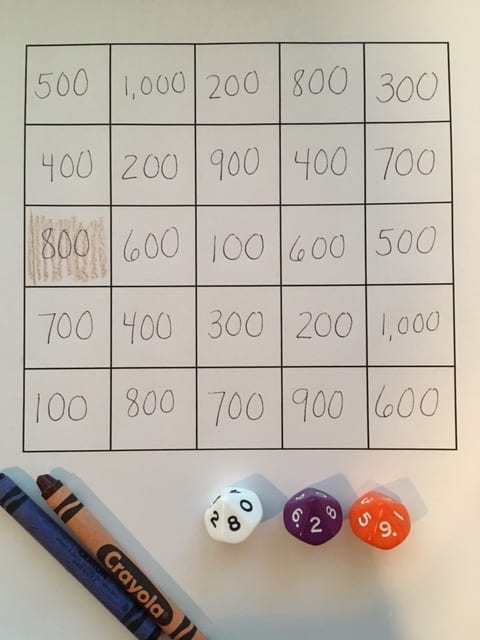
-
Player 1: 829 rounds to 800
-

-
Player 2: 465 rounds to 500
-
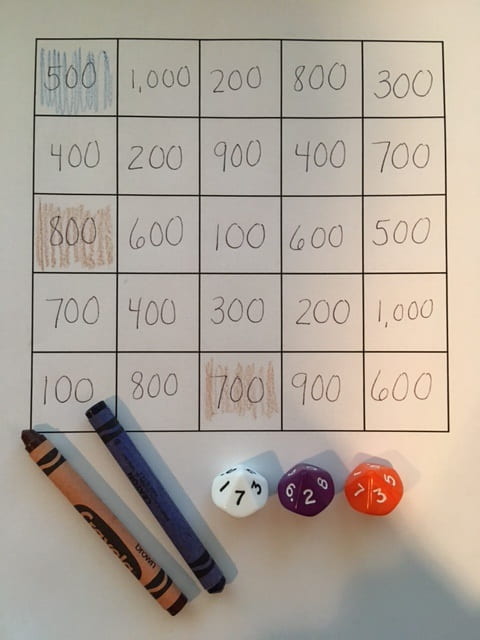
-
Player 1: 723 rounds to 700
-

-
Player 2: 181 rounds to 200
-

-
Player 2: 87 rounds to 100
-

-
Player 1: 511 rounds to 500
Rounding to the nearest thousand:
- Follow same steps as above, except use 4 dice or 4 number cards. If using 1-6 numbered dice, the highest would be 7000.
Rounding to the nearest tenth:
- Follow steps similar to rounding to nearest tenth, except answer choices on the grid would look like this: .1, .2, .3 . . .
- If using number cards (as pictured below) or a spinner with digits up to 9, be sure to include a space on the grid for 1 (which is what you would round these numbers to: .95, .96, .97, .98, or .99.
- Again, be mindful of randomly placing numbers because it depends on which number generating options you are using. If using 1-6 dice, I would only include a couple of spaces with .7 because there’s a limited number of ways to round to .7 with dice numbered 1-6. The only way to round to .7 would be to roll a .65 or a .66.
-

-
Player 1: .47 rounds to .5
-
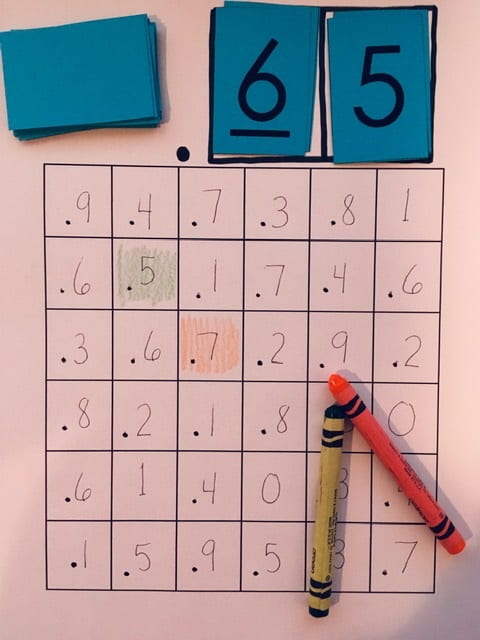
-
Player 2: .65 rounds to .7
-
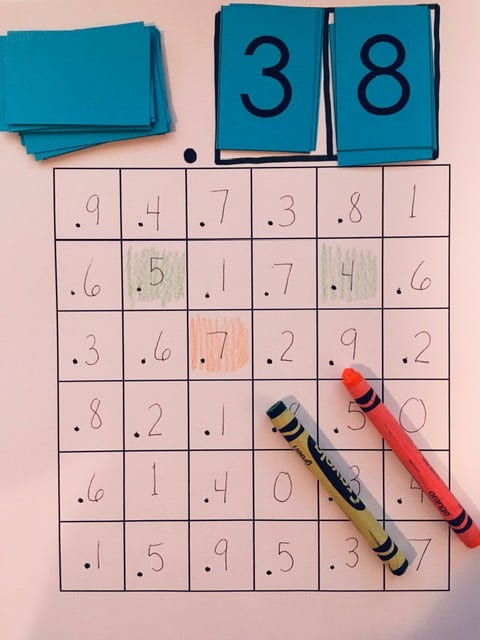
-
Player 1: .38 rounds to .4
-
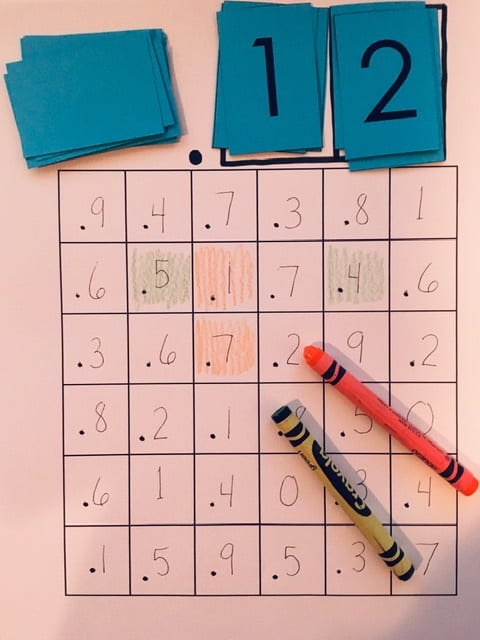
-
Player 2: .12 rounds to .1
-

-
Player 1: .07 rounds to .1
-
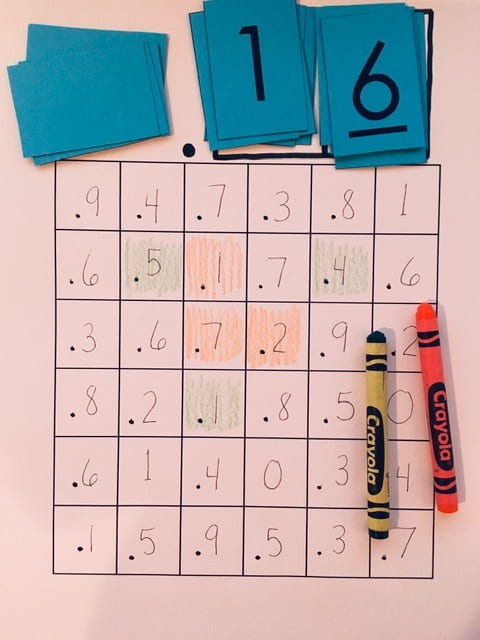
-
Player 2: .16 rounds to .2
-

-
Player 1: .93 rounds to .9
Rounding to the nearest hundredth:
- Follow steps similar to rounding to the nearest hundred by using 3 dice or turning over 3 number cards. Be sure to include a space or two for an answer of 1.
Other tips for playing:
- Provide students with a blank white board to draw an open number line to check out their answer.
- Provide a sentence frame such as: I made the number ______ which is rounded to ________.
- Remind the players that it is their job to watch their opponent and challenge anything they think may not be correct (in a friendly, helping manner of course).
- Shorter time frame for playing? Choose the 4 x 4 grid. Longer time frame? Choose the 6 x 6 grid or use the 6 x 6 grid with the winner being one to get 5 in a row.
- Consider creating a box of 4 completed squares in addition to 4 in a row.
- This can be played as teacher vs. students in a virtual setting.
- This can be played in a one-on-one online setting by using a document camera or posting a screen shot on the screen.
Let me know if you try these! Pass along any extra tips you have.
Also, a reminder to contact me if you would like personalized professional development over any reading or math strategy. I can do a Zoom session with you or a group of teachers. Flexible payment options. Also, check out my link on the side bar for Varsity Tutors regarding the opportunity for you to tutor students online or in person (and earn a bonus for using my name).
Take care, stay safe!!!

 I appreciate all of my faithful followers the past 5 years! Thank you for viewing and passing this along to other teachers or parents. I hope you all have a restful holiday break!!
I appreciate all of my faithful followers the past 5 years! Thank you for viewing and passing this along to other teachers or parents. I hope you all have a restful holiday break!!

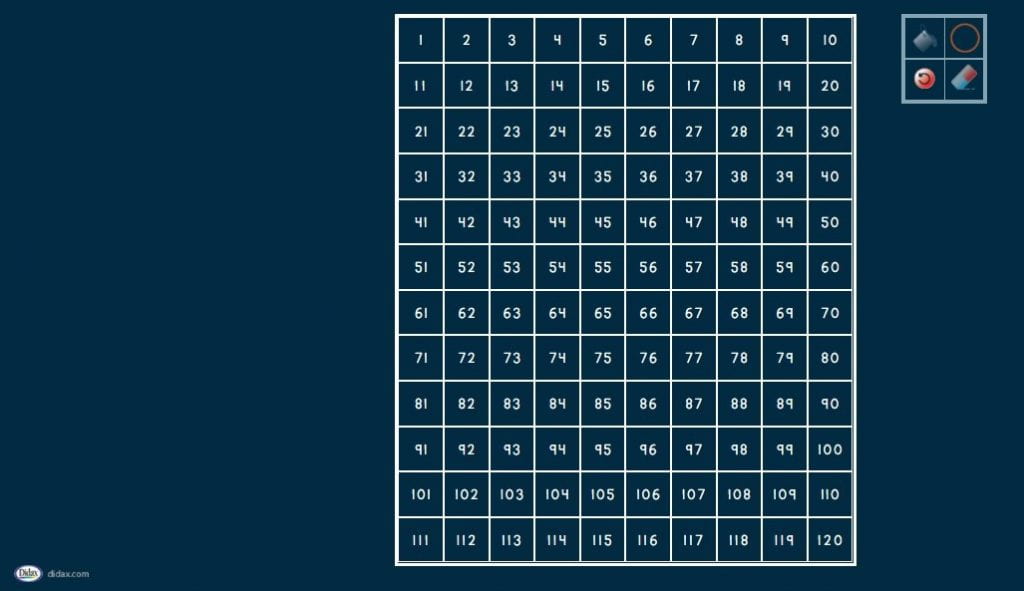
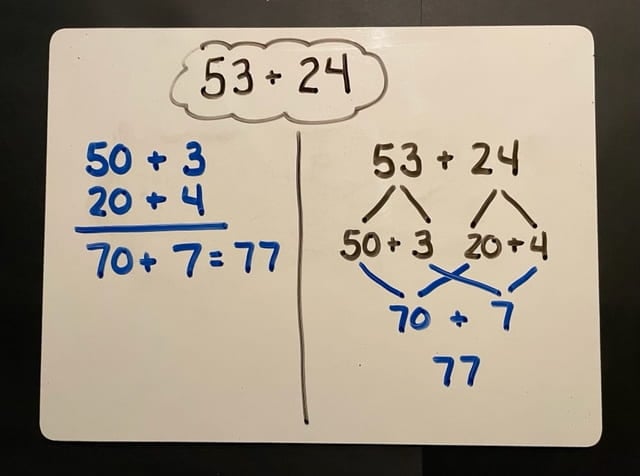


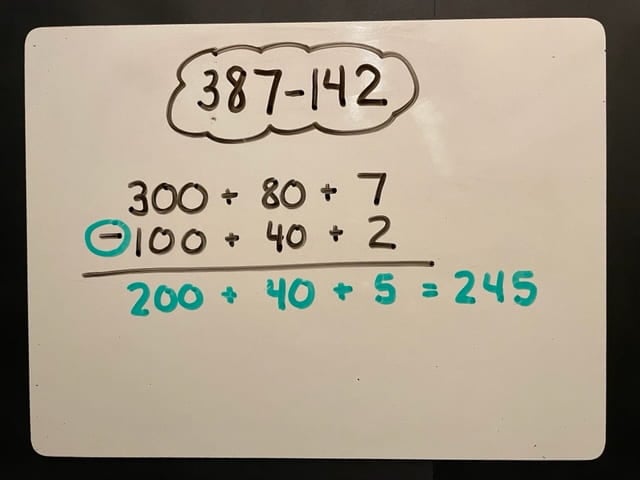

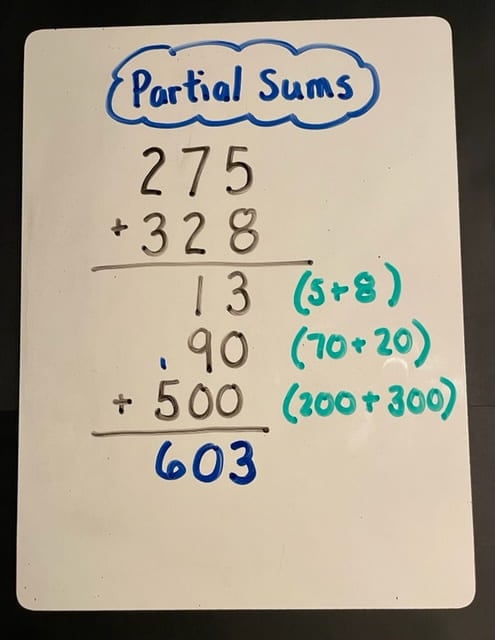


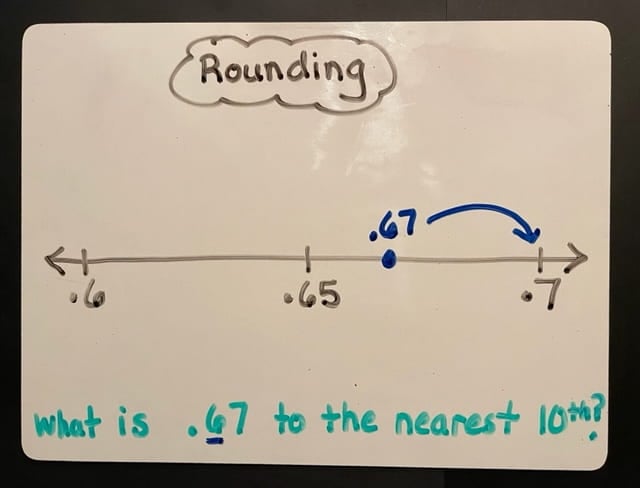



















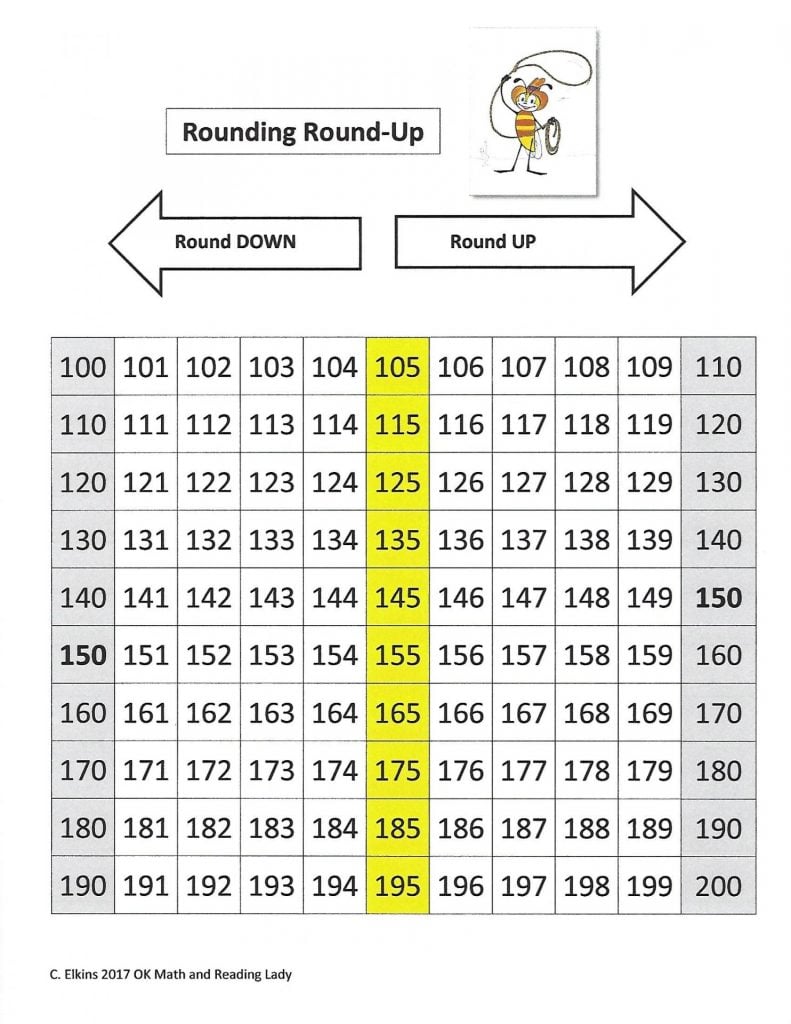 so I am happy to share my thoughts (and freebies) with you. Difficulty with rounding usually means students lack number sense. The essential goal of rounding is: Can you name a benchmark number (whole, tens, hundreds, thousands, tenths, hundredths, etc.) that a given number is closer to? I have found the more experience a student has with number lines, the better they will be with number sense, and the better they are with rounding to the nearest ___. Then this rounding practice must be applied to real world problems to estimate sums, differences, products, or quotients.
so I am happy to share my thoughts (and freebies) with you. Difficulty with rounding usually means students lack number sense. The essential goal of rounding is: Can you name a benchmark number (whole, tens, hundreds, thousands, tenths, hundredths, etc.) that a given number is closer to? I have found the more experience a student has with number lines, the better they will be with number sense, and the better they are with rounding to the nearest ___. Then this rounding practice must be applied to real world problems to estimate sums, differences, products, or quotients.
